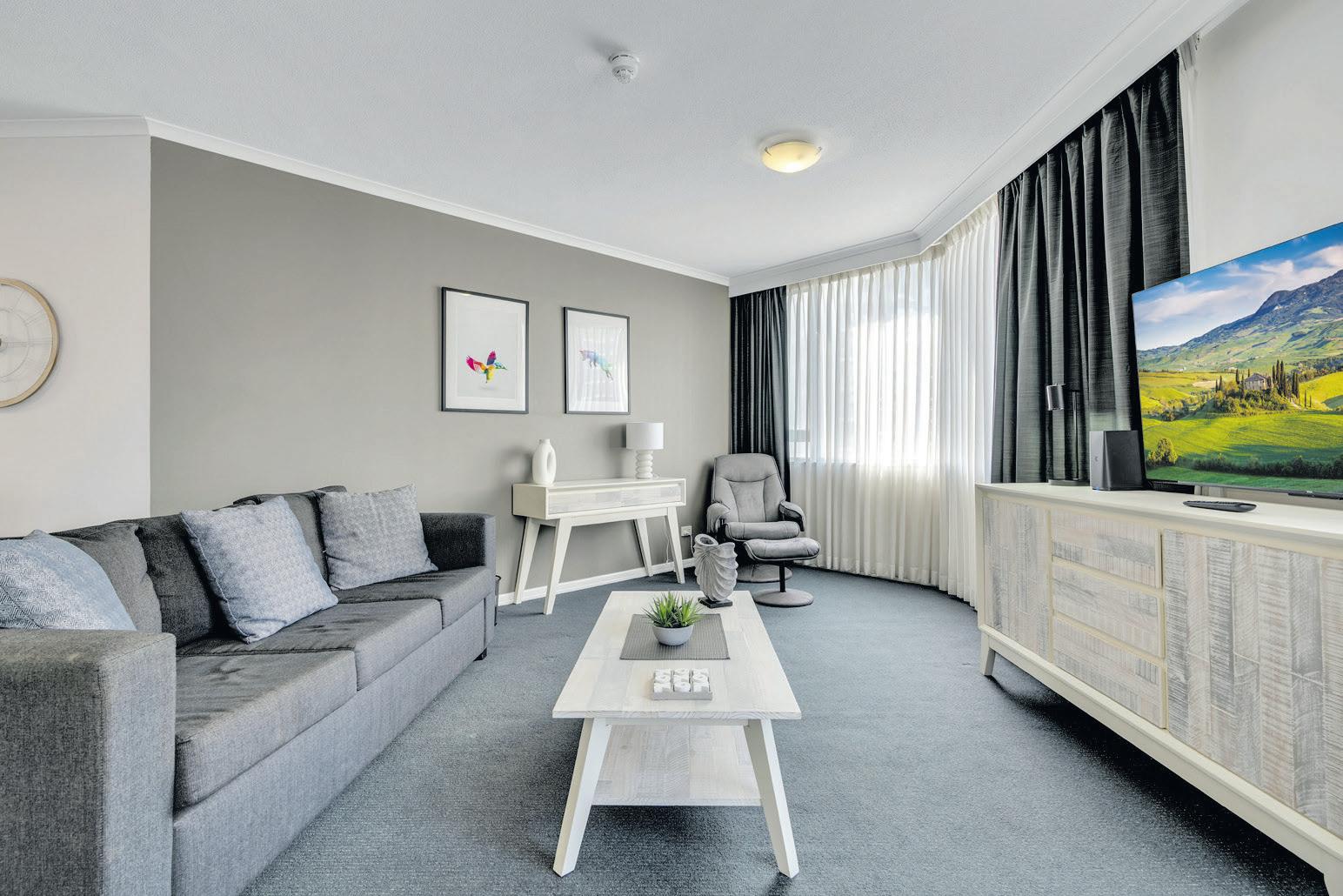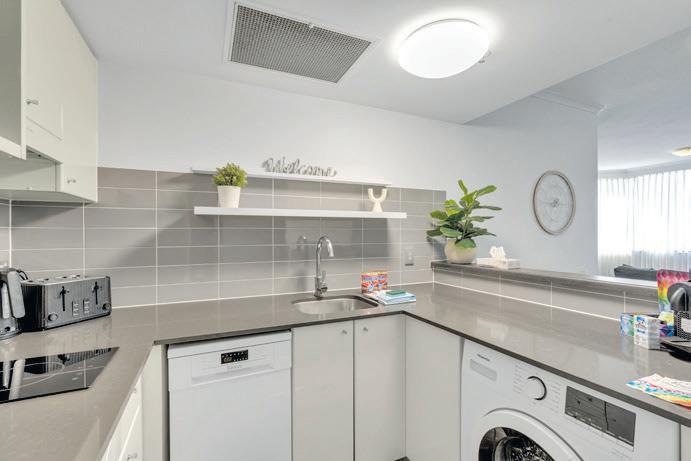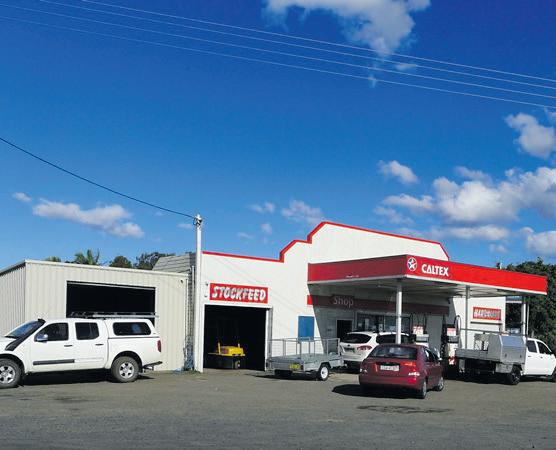
3 minute read
Slight Increase in Sydney Vacancies Doesn’t Mask ‘Dire’ Rental Market
Sydney’s rental market is facing a deepening crisis, with a slight uptick in vacancy rates doing little to alleviate the severe pressure on renters. Despite recent data showing a marginal increase in available rental properties, the broader market remains extremely tight, leaving tenants in an increasingly precarious position. The growing demand for rental accommodation, coupled with a lack of affordable housing, has contributed to recordhigh rents and a sense of uncertainty for many Sydney residents.
The Marginal Vacancy Increase
Recent reports have indicated a slight rise in Sydney’s rental vacancy rate, which has edged up to around 1.4% from previous historic lows. However, experts emphasize that this minor increase is far from enough to address the underlying issues facing the rental market. Even with this slight uptick, vacancy rates are still below what would be considered a healthy, balanced market—typically around 3%—where supply and demand are more evenly matched. The current vacancy rate remains refective of a highly competitive rental environment, with available properties still in short supply. For many prospective tenants, this small increase in vacancies offers little relief. Competition for rental properties remains ferce, with multiple applicants often vying for the same unit. Open house inspections frequently see long lines of prospective renters, highlighting the desperation of those searching for a place to live. The stress and fnancial burden placed on renters continues to grow, exacerbated by the fact that landlords can still afford to be selective, often prioritizing tenants who can offer higher rent or pay several months in advance.
Skyrocketing Rental Prices
The ongoing shortage of rental properties in
Sydney has driven rental prices to record highs. According to CoreLogic, median rents in Sydney have surged by more than 10% in the past year, with some areas seeing even steeper increases. The median weekly rent for a house in Sydney now exceeds $700, while units are averaging above $600 per week. These fgures are particularly concerning for low- and middle-income renters, who are fnding it increasingly diffcult to afford housing within reasonable proximity to the city center or their places of work.
The rental affordability crisis is particularly acute in Sydney’s inner suburbs and popular coastal areas, where demand is strongest. While some tenants have turned to outer suburbs and regional areas in search of more affordable options, this migration has led to price increases in those areas as well. Renters who once found relief in Sydney’s outer regions are now facing rising costs there, creating a ripple effect across the wider metropolitan area. Structural Issues and Demand Pressures
Several factors have contributed to Sydney’s ongoing rental crisis, and the recent increase in vacancies does little to address these structural issues. Sydney’s population growth has rebounded post- pandemic, with many international students, skilled migrants, and returning expatriates increasing demand for rental properties. The steady fow of new residents, coupled with a lack of new housing developments, has exacerbated the supplydemand imbalance. felt for several years. In the meantime, the shortfall in available rental properties will continue to keep pressure on prices.

Additionally, there has been a notable shift in the housing market, with more investors turning their properties into short-term rentals, such as those listed on platforms like Airbnb, further reducing the number of long-term rental properties available. This trend is particularly prevalent in Sydney’s popular tourist areas, where landlords can often generate higher returns through shortterm holiday rentals rather than leasing to long-term tenants.
The Need for Policy Reforms
Experts and housing advocates are calling for immediate government intervention to address Sydney’s “dire” rental market. There are growing calls for policies that incentivize the development of affordable housing and introduce stronger protections for tenants. Rent control measures, while controversial, have been suggested as a way to stabilize rental prices in the short term. Additionally, reforms to rental laws that provide tenants with greater security and longerterm leases could help alleviate some of the stress renters face in such a competitive market.
In the longer term, addressing the root causes of the rental crisis will require a multifaceted approach. Expanding housing supply, particularly affordable housing, is critical to restoring balance in the market. Streamlining planning approvals, investing in infrastructure, and ensuring that new developments cater to a range of income levels will be essential steps toward creating a more sustainable rental market in Sydney.
Conclusion
While the slight increase in Sydney’s rental vacancies provides a glimmer of hope, it does not mask the underlying issues that continue to plague the city’s rental market.
Renters are still facing signifcant challenges as demand outstrips supply, and rental prices reach new heights.
The issue is further compounded by slow housing development, as regulatory barriers and rising construction costs have hampered efforts to expand Sydney’s housing stock. While the government has announced plans to boost housing supply through new developments and infrastructure projects, these initiatives take time to implement, and the benefts may not be
Without immediate and comprehensive policy interventions, Sydney’s rental market is likely to remain “dire” for the foreseeable future, with long-term consequences for the city’s affordability and liveability.















